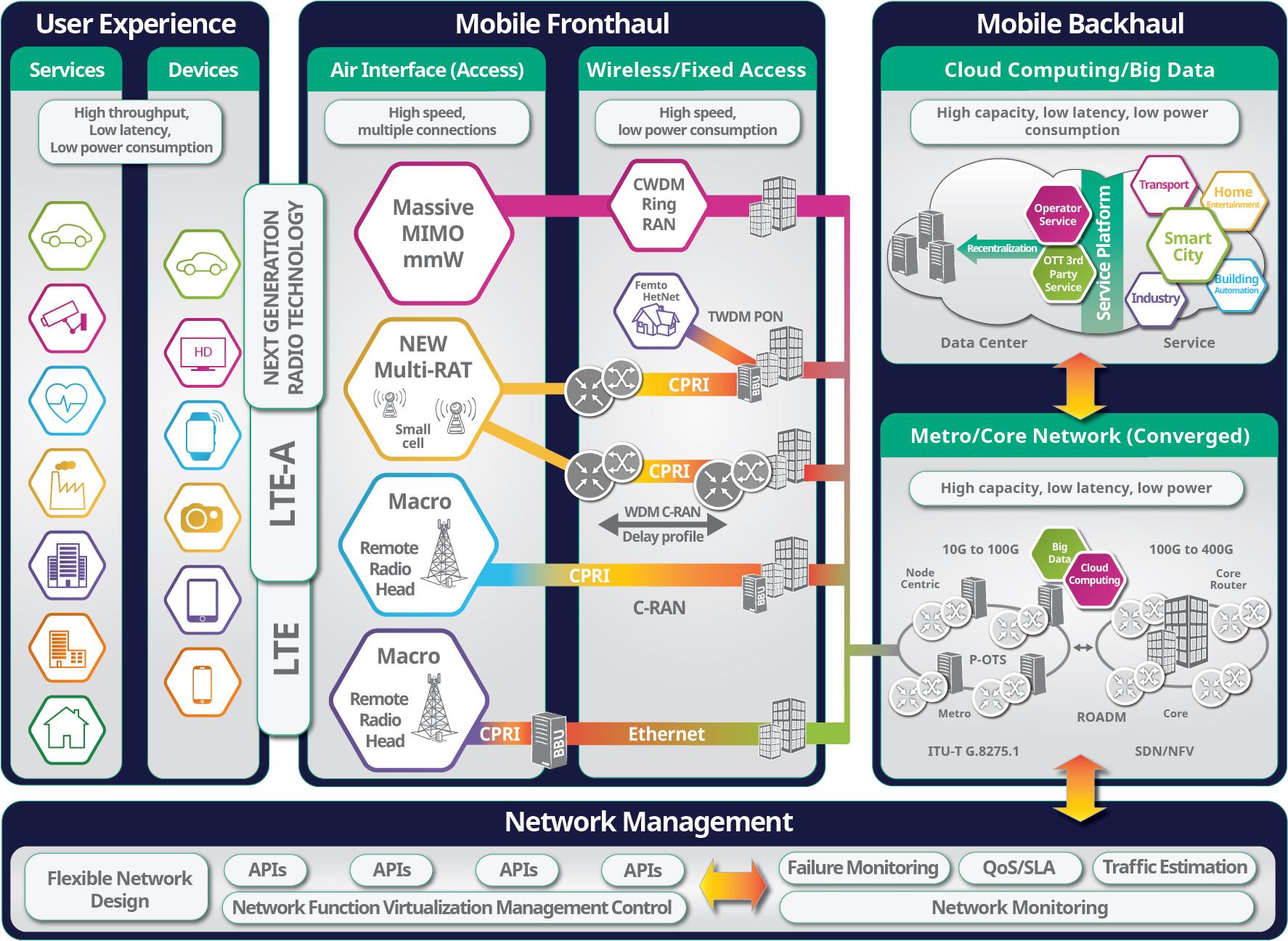Advance Toward
Trusted Innovation.
Advance Toward Trusted Innovation.
5G generation, everything is connected
 The world's demand for data is continuing to grow at an alarming rate. No matter where we are, we need to stay connected and look forward to seamless content-rich services.
The world's demand for data is continuing to grow at an alarming rate. No matter where we are, we need to stay connected and look forward to seamless content-rich services.
Current devices use more and more data, and the number of Internet-capable devices is increasing. The existing network infrastructure does require major changes to keep up with the increasing demand.

Further 5G system proposals attempt to improve frequency efficiency by increasing the speed of existing technologies, using newly opened frequency bands, and increasing network density, and related support technologies have also been developed.
It is expected that the rapid development of CPU processing power and cloud computing will become a key factor in the deployment of 5G services.
5G is evolution and revolution. Evolution refers to the evolution of mobile communications to support a wide range of new usage methods, while revolution refers to the concept of architecture that is expected to change completely to support new usage methods.
- Improve fast and efficient network infrastructure
- Support more device connections
- Low latency and low power consumption
- Data rates in excess of 10 Gbps
5G includes the evolution of existing 4G networks. It uses C-RAN and HetNet technologies to increase the capacity of existing networks at an affordable cost.
The core architecture revolution is to make full use of SDN / NFV and network "slicing", use the new millimeter wave band wireless interface to improve higher capacity, and a very low latency new architecture / signal transmission.
5G test challenges
With the development of 5G network concepts and technologies, related test methods have also evolved to match each other. Future 5G testing methods will have to provide operators with a high degree of confidence that they can implement relevant technologies and services according to specifications, and that the service quality meets the requirements of various applications or services.
A completely data-based 5G network has extremely extensive and diverse applications that must be tested. At that time, a lot of work will be required to perform standard tests. Test automation, monitoring, and built-in test systems are very important to properly analyze the performance of such networks. In addition, the newly launched ultra-high-density network (UDN) connects wireless access components and cloud-based backhaul architecture, which will be available for the development of cloud-based testing services for testing any project from any location. Therefore, although 5G has created many new testing needs and challenges due to the adoption of SDN / NFV and cloud services, it is also possible to use these same technologies to establish new testing solutions to respond to related needs. In view of this, the cloud solution is not only a new requirement, but also a new 5G network test solution.
Article source: https://www.anritsu.com/zh-tw/test-measurement/technologies/5g-everything-connected/5g-everything-connected-detail












